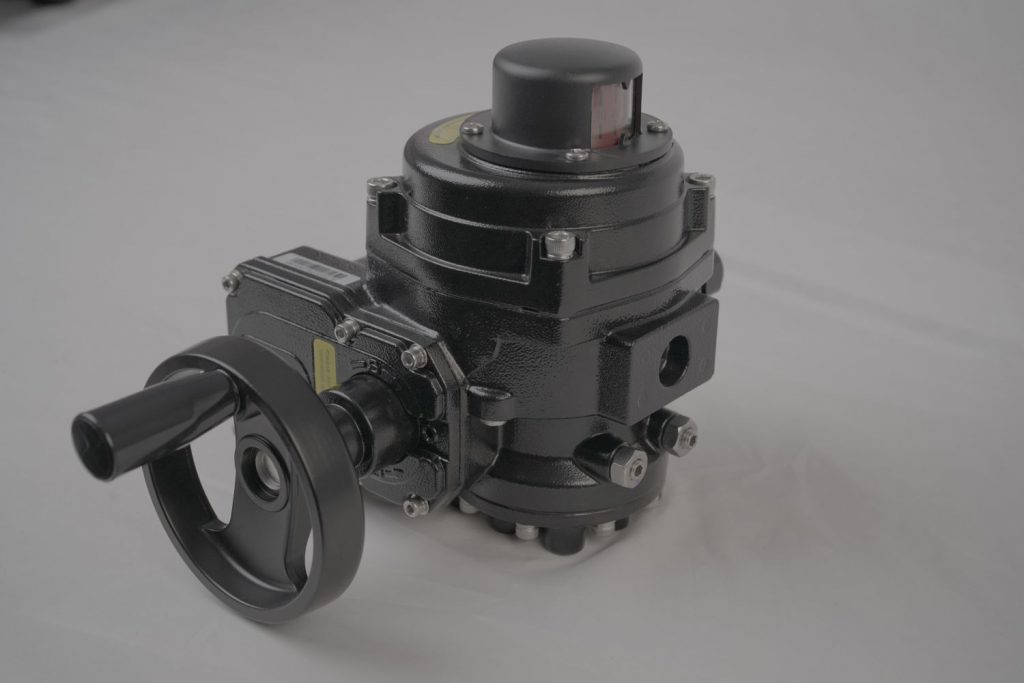Lithium-ion batteries are the backbone of modern portable electronics, electric vehicles, and renewable energy storage systems. As the demand for high-performance and reliable power sources grows, innovations in battery design and safety mechanisms are critical. One such innovation that plays a crucial role in ensuring the safe operation of lithium-ion batteries is the Lithium Battery Valve. In this article, we will explore what a lithium battery valve is, its importance in battery safety, and its impact on overall battery performance.

What is a Lithium Battery Valve?

A Lithium Battery Valve, also known as a vent valve or pressure relief valve, is a critical component within the design of lithium-ion batteries. Its primary function is to manage internal pressure buildup and prevent catastrophic failures, such as thermal runaway or battery rupture. During the operation of a lithium-ion battery, chemical reactions within the cells generate gases, and the battery can heat up due to charging and discharging cycles. If the internal pressure rises beyond a certain threshold, the valve opens to release excess gas and prevent dangerous situations. The valve typically consists of a small, spring-loaded mechanism that can respond to changes in internal pressure. When the battery is operating normally, the valve remains closed. However, if the pressure reaches a critical point, the valve opens, allowing the gases to escape in a controlled manner. This helps to reduce the risk of battery swelling, leakage, or explosion, which could otherwise pose serious safety hazards.

Leave a Reply